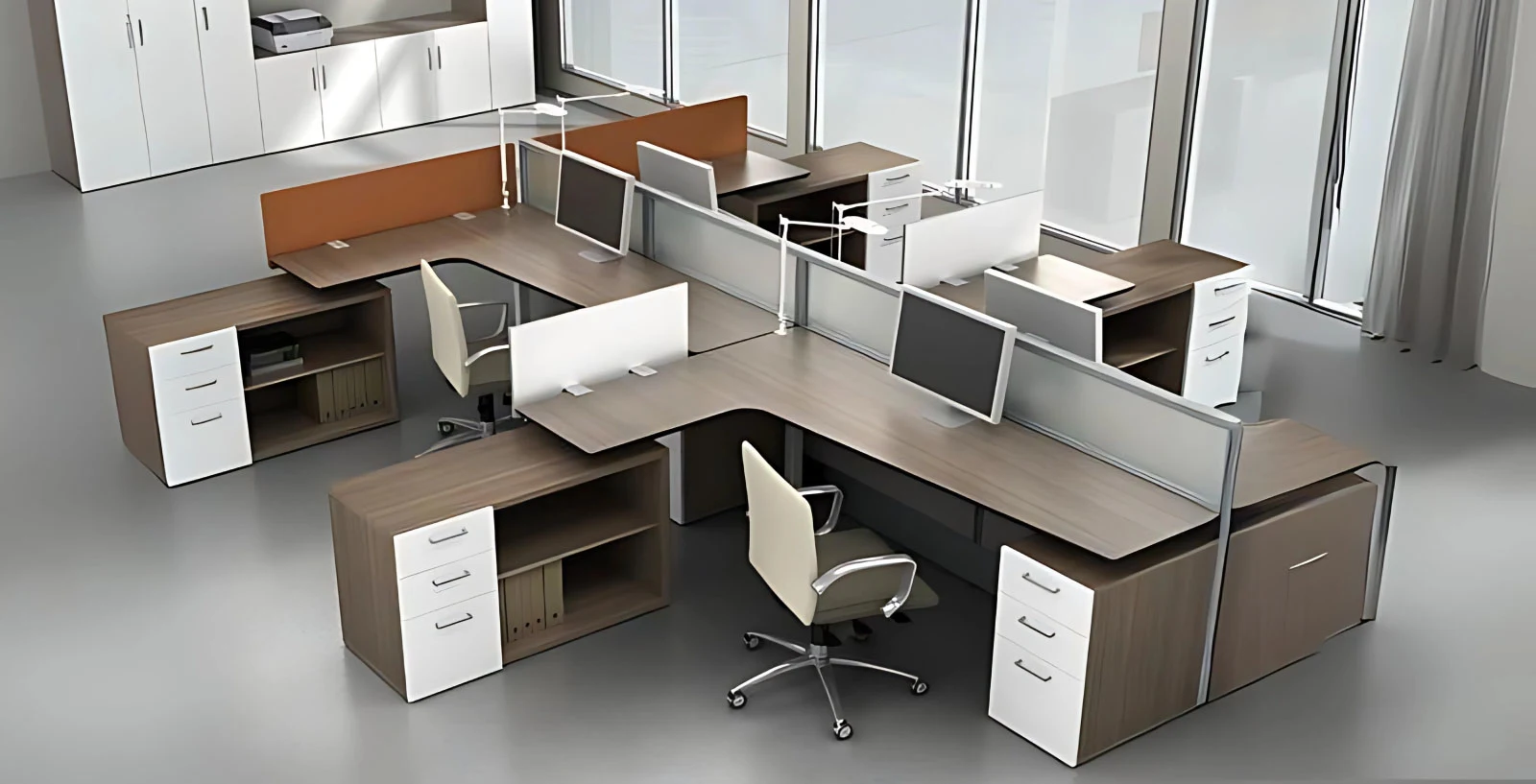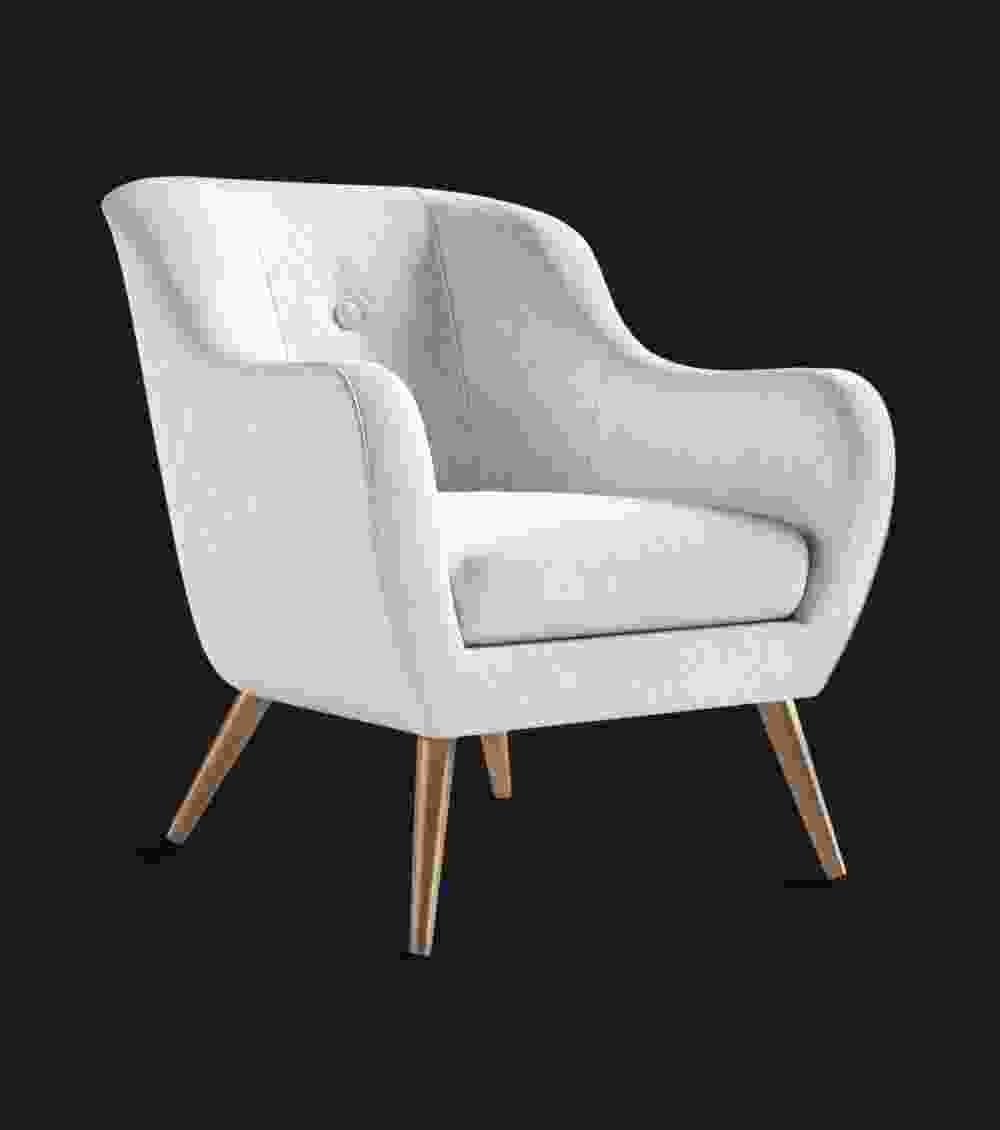March 5, 2024
By
heba
Quality vs. Price: How to Find the Perfect Balance When Buying Furniture?
When it comes to purchasing furniture, the challenge often lies in striking the right balance between quality and price. Understanding how to evaluate both quality and price effectively can help consumers make informed decisions, ensuring they get the best value without compromising on long-term durability or aesthetics. This article explores how to achieve that balance, offering insights into material selection, craftsmanship, budget considerations, and more.
1. Understanding the True Meaning of Quality
Before diving into price considerations, it's essential to define what quality means in the context of furniture. High-quality furniture typically features well-crafted designs, durable materials, and attention to detail. Whether it's an office chair, a dining table, or a bedroom wardrobe, quality pieces often stand the test of time, offering comfort, aesthetic appeal, and long-term functionality. Furniture made from solid wood, premium metals, or durable fabrics tends to be associated with higher quality, as these materials offer strength and longevity compared to cheaper alternatives like particle board or plastic.
2. Why Cheap Furniture Isn't Always a Bargain
It's tempting to opt for cheaper furniture when faced with a limited budget, but lower-cost options often come with trade-offs. Cheaper furniture is typically made from lower-grade materials, such as particle boards, which can break down faster over time. Additionally, the craftsmanship may be of lower quality, leading to issues like loose joints, uncomfortable seating, or uneven surfaces. These pieces may look appealing initially but may require frequent repairs or replacements. In the long run, purchasing inexpensive furniture may end up costing more due to frequent replacements, whereas a high-quality item could last for years, saving money over time.
3. Finding the Sweet Spot Between Quality and Price
To find the perfect balance between quality and price, it's crucial to focus on value rather than the initial cost. Start by identifying your needs—are you furnishing a space that requires durability, like an office, or a space where aesthetics matter most, like a living room? For high-traffic areas, prioritize durability and materials like solid wood or metal, even if they come with a higher price tag. For decorative pieces, you can afford to opt for less expensive materials without compromising too much on quality. The key is to evaluate whether a piece will stand up to regular use and maintain its appearance over time.
4. Evaluating Material Durability
The type of material used in furniture plays a significant role in its overall quality and price. Solid wood, for example, is often more expensive but offers exceptional durability and timeless beauty. Engineered woods, like MDF or plywood, are more affordable but may not have the same longevity. Metals such as stainless steel or aluminum are excellent for durable, modern furniture but can increase the cost. Upholstery materials like leather tend to last longer than fabric, though they require higher maintenance. Understanding these material differences helps you weigh the pros and cons and make a choice that aligns with your budget and long-term needs.
5. Tips for Finding High-Quality Furniture on a Budget
Finding high-quality furniture within a budget may seem challenging, but it's entirely possible with the right approach. Start by shopping during sales or at furniture outlets where you can find discounted pieces from reputable brands. Additionally, consider buying second-hand or vintage furniture, which often offers excellent craftsmanship and durability at a lower cost. Focus on core pieces, such as a bed or desk, that require higher durability, and look for less expensive options for decorative items like side tables or accessories.
6. Conclusion
Finding the perfect balance between quality and price when buying furniture is all about making informed choices. While it's tempting to prioritize price, investing in high-quality furniture can save you money in the long run through increased durability and reduced maintenance costs. By understanding the materials, craftsmanship, and specific needs of your space, you can choose furniture that provides the best value without breaking the bank. Whether you're furnishing an office or a home, taking the time to research and evaluate your options will ensure that you get furniture that combines both functionality and style at the right price point.











